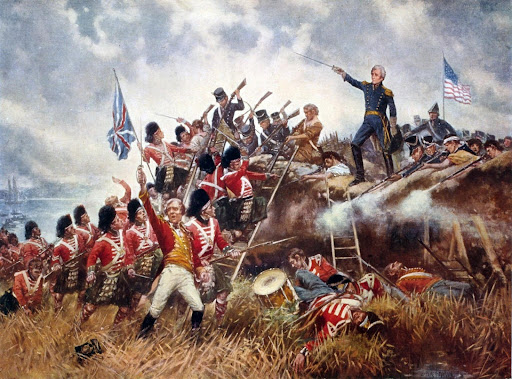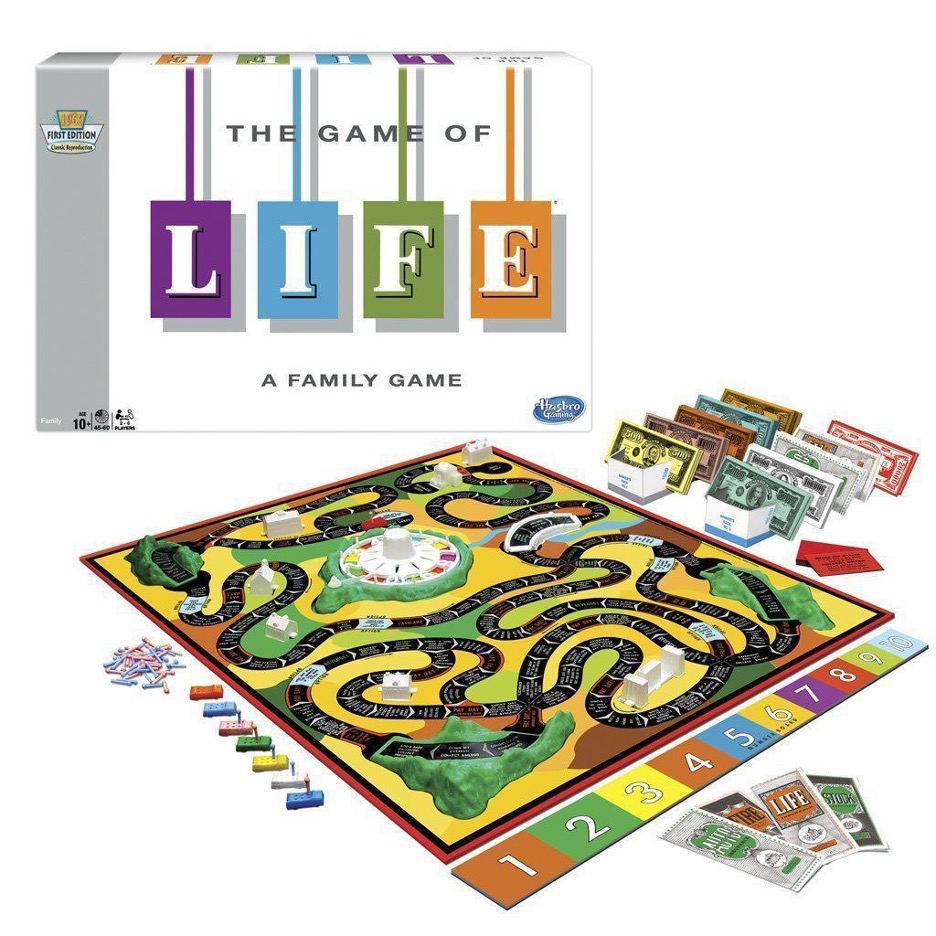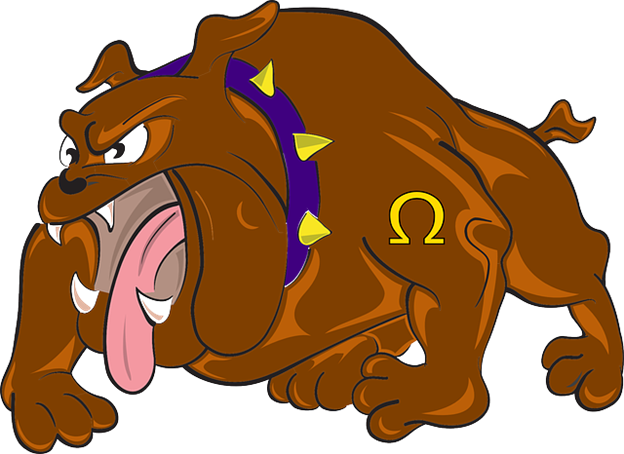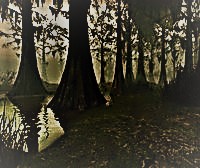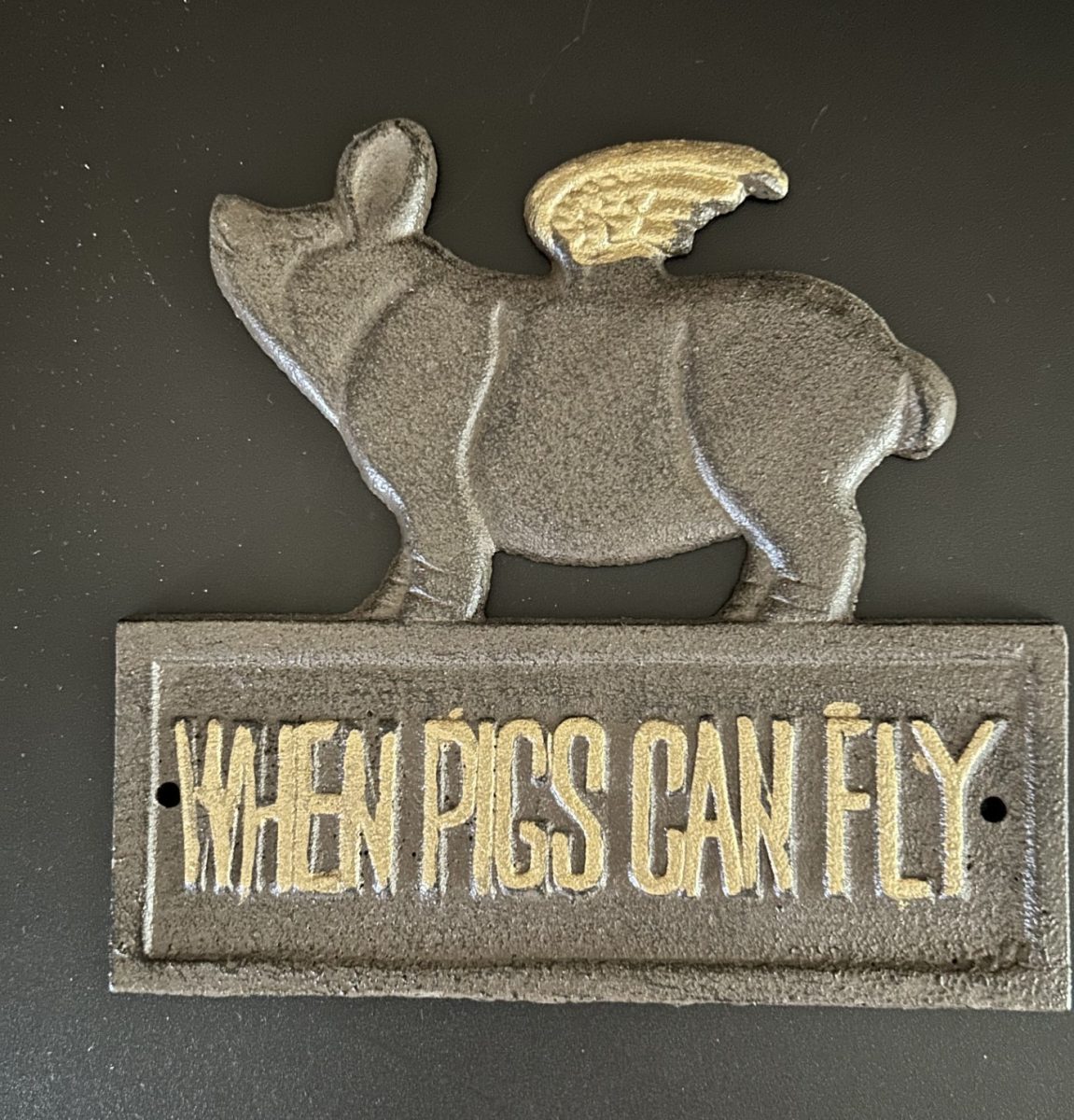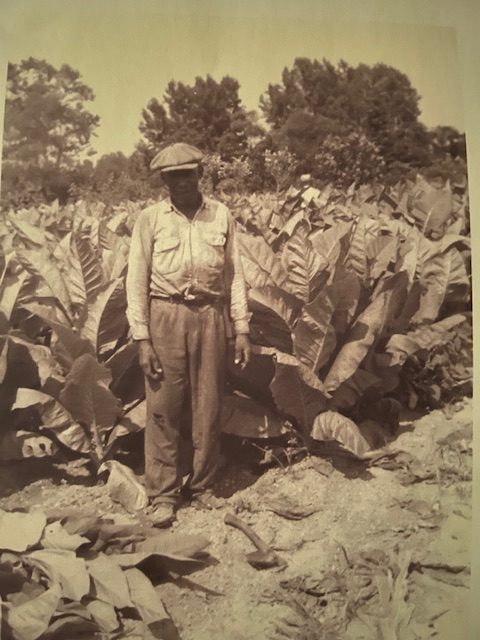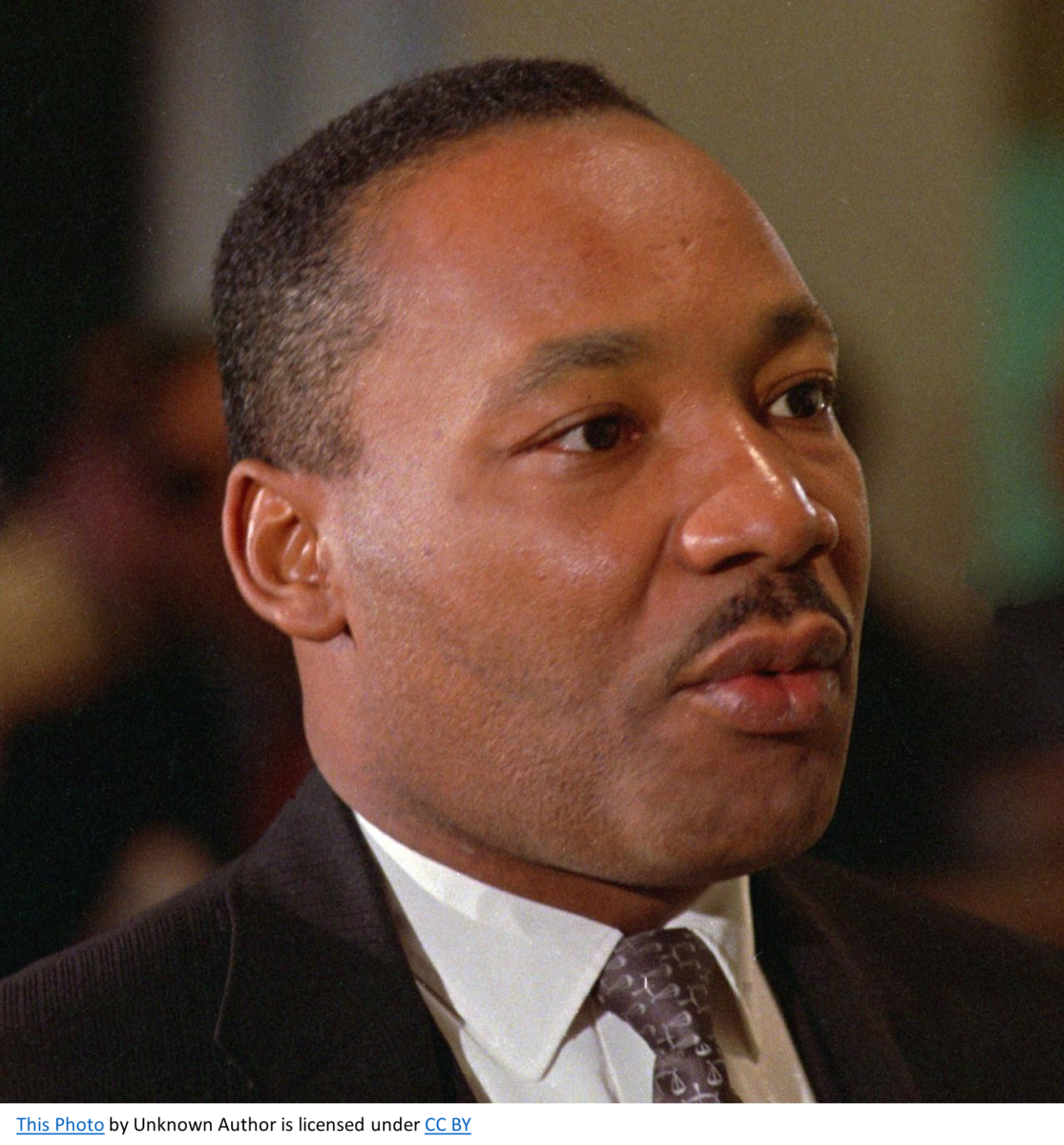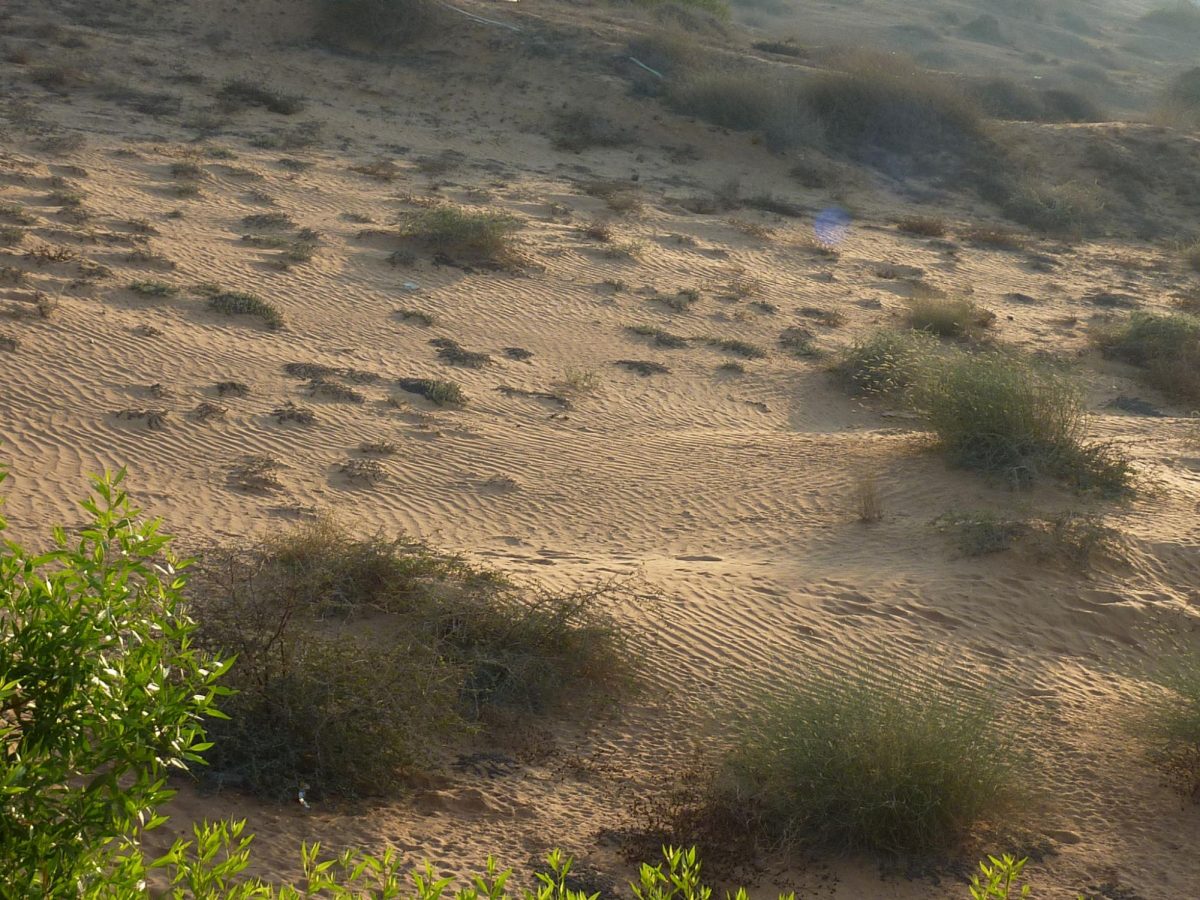On Dec. 24th 1814, The Treaty of Ghent was signed. It was ratified by congress on February 16, 1815 marking the end of “The War of 1812”. That would conclude a horrific string of battles between America and Great Britain. For over 2 years and 8 months, some of the most important battles for our independence took place. This is a story of one of those battles.
It was another cold and rainy day and the men were hungry and weak. Many were sick with disease. They had little ammo left for their weapons, which may or may not actually fire. They were lying low and waiting for a chance to go on to Fort McHenry where they could get the food, ammunition and other supplies they would need to go back into battle.
At the end of summer of 1814 Colonel Quinton Fletcher’s Troop 5 was down to just 31 men after being defeated at Bladensburg, Md on August 24th. The British troops fought their way on to Washington DC, and using torches and gunpowder paste, burned down a majority of the federal buildings, including the U.S. Capitol and the White House. But foremost on Col. Fletcher’s mind was word from his scout Nigel Aldien that he had spotted another group of more than 300 British soldiers northeast of their position and he wasn’t clear which direction they were heading.
Fletcher’s men were well aware of the unfortunate fate of Troop 26 who had been attacked in the early morning hours on April 28, 1813 near Fort Meigs, Ohio. They awoke surrounded by more than 2,000 British regulars, Native Americans and Canadian militia led by Major-General Henry Proctor and the Shawnee War Chief Tecumseh. All 104 members of Troop 26 were killed with barely a chance to raise a weapon. They were now referred to, with great respect, as Ghost Troop 26 and a red bandana was tied to the Troops banner marking its ill fated end. Thoughts of a similar fate were surely on the minds of the 31 surviving members of Col. Fletcher’s Troop 5.
As the poor weather conditions continued, Nigel kept watch on the British troops, hoping to anticipate their next move. Col. Fletcher was aware, however, that the British had their own scouts who may already know the location of his Troops. Would the British bother with such a small group of men? It was Col. Fletcher’s opinion that they would. Troop 5 could not be in a worse position, with the British troops between them and Fort McHenry. For these men who were fighting what many called The Second War for Independence against the British, the only option was to defend their newly formed country. Soon it was confirmed that the British were headed their way.
On a rainy August morning, August 31st, 1814, more than 300 British troops made their move toward the brave men of Troop 5, who would once again defend the right to freedom. Outnumbered 10 to 1, Fletcher’s men were dug-in deep, with those in front hiding behind bales of tobacco fortified with mud, facing the large fields the British would soon be advancing across. The sicker and injured hid behind trees hoping to fight the British among the thick brush. One young soldier, named Private Angus Post, just 16 years old, who had been blinded during the Battle of Bladensburg, was hiding between a large rock and a tree with his gun loaded and ready to fire. He was told to shoot if he was approached by anyone who didn’t identify himself properly. Col. Fletcher also took-up position at the tree line to fight alongside his men. As the British troops approached, the rain began to come down harder and heavy fog began rolling in.
Somehow, the men of Troop 5 knew this would not be any ordinary battle and as they awaited Col. Fletcher’s command to fire. Heavy hail began to pelt down on the British troops as they tried to cross the fields. Suddenly, like the approach of a massive storm, the thunderous roar of horses’ hoofs echoed from behind the lines of Troop 5. Over a hundred U.S. Military troops on horseback, 104 to be exact, rode past the men behind the trees, and then past the men on the front line and into the fog covered fields to engage the British. Fletcher’s men must have thought they were hallucinating as they saw the banner of Ghost Troop 26 pass mysteriously by them. The solitary red banner signifying their demise was noticeably missing!
Troop 5 had stood ready in steadfast anticipation of battle, but never fired a shot that day. As the evidence of battle faded and the fog lifted, their brothers in arms were gone, and so were the British. Except for numerous British soldiers who perished in the fight, there was very little resemblance to a normal battlefield. Few words were spoken afterwards. The men did notice, however, that Private Angus Post was wearing a red bandana. When they asked him about it, he told them how he had been approached by a stranger whose voice he did not recognize, but somehow trusted, and was given the red bandana. He was told to wear it proudly in victory!
Not long after returning to Fort McHenry, now “Corporal Angus Post”, regained his sight and fought alongside Colonel Fletcher in The Battle of Fort McHenry, September 13th-14th, 1814. After witnessing the defeat of the British there, 35-year-old Francis Scott Key wrote the Star Spangled Banner.
All of the British soldiers that were killed in the attack on Troop 5, August 31st 1814, were oddly said to have died in the September Battle of Fort McHenry. However, while no actual record of that August skirmish exists, official records for individuals would later list the Date of Death of many British troops as being “August 31th, 1814.”

